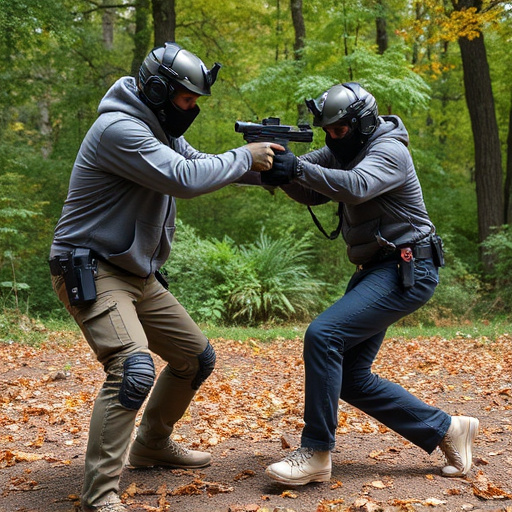Non-lethal weapons, including Tasers, pepper spray, batons, and stun guns, offer a spectrum of crowd control and self-defense options without causing permanent injury. The most powerful legal stun weapons, like Tasers, disrupt muscle control while others irritate sensory areas. Certification programs are vital for responsible use, teaching de-escalation, legal considerations, and safe deployment according to local regulations. Stun guns, with high voltage outputs exceeding 1 million volts, provide personal safety tools that require proper training for ethical use, balancing individual empowerment with potential misuse concerns.
“In today’s world, personal safety is paramount, leading many individuals to explore non-lethal weapon options for self-defense. This comprehensive guide delves into the growing popularity of stun guns and other non-lethal weapons as legal self-defense tools. We dissect the intricate legal framework surrounding their certification, empowering readers with insights into navigating regulations. From understanding the most powerful legal stun weapons available to exploring the rigorous training process required for responsible weapon handling, this article offers a thorough overview of non-lethal weapon training certification.”
- Understanding Non-Lethal Weapons: A Comprehensive Overview
- Legal Framework: Navigating Regulations for Stun Weapon Certification
- Popular Stun Guns and Their Impact as Legal Self-Defense Tools
- The Training Process: Preparing Individuals for Responsible Weapon Handling
- Benefits and Limitations: Exploring the Role of Non-Lethal Weapons in Personal Safety
Understanding Non-Lethal Weapons: A Comprehensive Overview
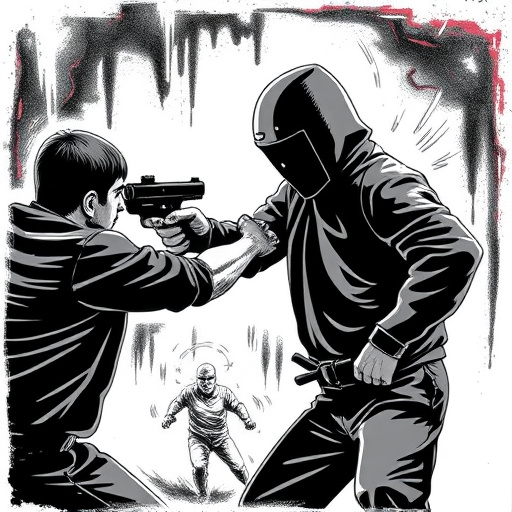
Non-lethal weapons, also known as less-lethal or non-deadly force options, are designed to incapacitate or control individuals without causing permanent or life-threatening injury. These tools have become increasingly important in law enforcement and military operations worldwide, offering a more nuanced approach to crowd control and self-defence. From stun guns to pepper spray, these weapons provide a powerful yet legal alternative to conventional firearms.
Among the most popular and powerful legal stun weapons are Tasers (conducted electrical weapons), which use an electric current to disrupt muscle control, and various types of pepper spray or Oleoresin Capsicum (OC) agents that irritate the eyes, nose, and throat. Other non-lethal options include batons, riot shields, and impact munitions designed to stun or disorient without causing severe physical harm. Understanding the dynamics of these weapons is crucial for professionals aiming to deploy them effectively while minimising the risk of excessive force.
Legal Framework: Navigating Regulations for Stun Weapon Certification
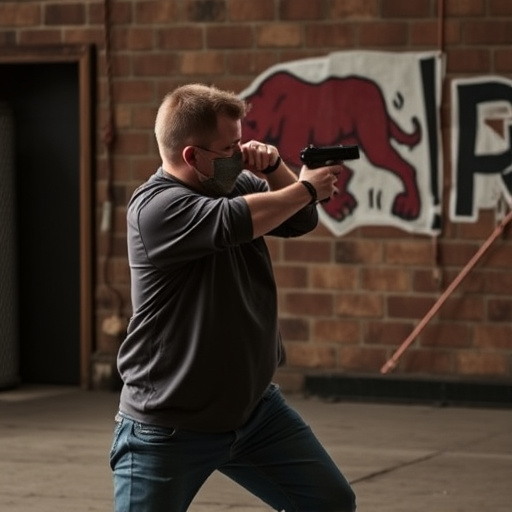
The legal framework surrounding non-lethal weapon training certification varies across regions, but understanding local regulations is paramount for responsible use and deployment. In many jurisdictions, stun weapons, also known as the most powerful legal stun weapons, are categorized under specific laws governing less-lethal or non-deadly force options. These regulations often delineate permitted power levels, activation mechanisms, and circumstances under which such devices can be employed legally.
Navigating these regulations requires thorough research and adherence to guidelines ensuring public safety. Certification programs typically involve training in proper usage, de-escalation techniques, and legal implications. By adhering to the framework, individuals can ensure they possess the necessary skills and knowledge to deploy stun weapons responsibly, enhancing their effectiveness as tools for self-defense or law enforcement while mitigating potential risks and legal repercussions.
Popular Stun Guns and Their Impact as Legal Self-Defense Tools
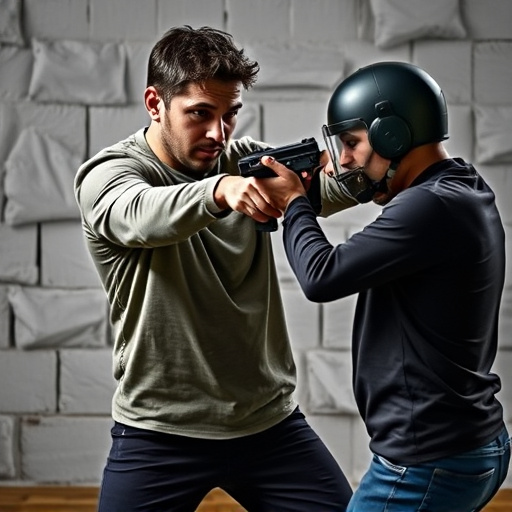
In the realm of personal defense, stun guns have emerged as popular non-lethal weapons, offering individuals a sense of security in various situations. These powerful legal self-defense tools pack a significant punch, making them a go-to choice for many seeking protection. Among the most powerful and widely available legal stun weapons are those with high voltage outputs, often exceeding 1 million volts. Such devices deliver an intense electric shock, temporarily paralyzing the target and providing users with valuable time to escape or call for help.
The impact of these stun guns lies in their effectiveness as non-lethal force, making them legal in numerous jurisdictions worldwide. Their compact size allows for easy carrying, ensuring individuals can be prepared for unexpected encounters. Advanced models even incorporate features like LED lights and durable construction, enhancing their versatility and reliability in various environments. With proper training and certification, stun guns provide a viable option for personal safety without resorting to lethal force.
The Training Process: Preparing Individuals for Responsible Weapon Handling
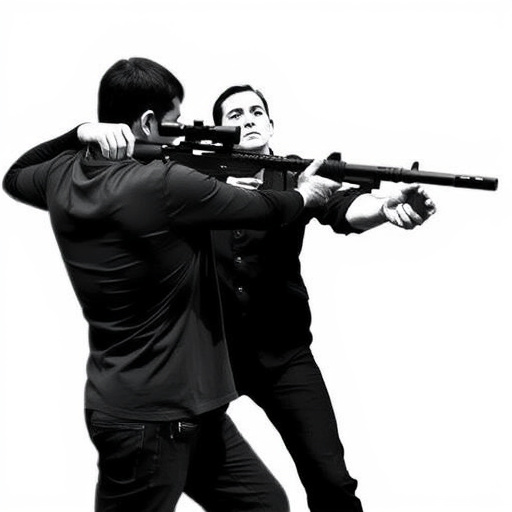
The training process for non-lethal weapon certification is designed to equip individuals with the knowledge and skills necessary for responsible weapon handling, ensuring safety and efficacy. It involves a comprehensive curriculum that includes theoretical instruction on weapon mechanics, de-escalation techniques, and legal considerations. Participants learn about the most powerful legal stun weapons available, understanding their capabilities and limitations. This educational component is pivotal in fostering a culture of responsible use.
Practical sessions are integral to the training, where trainees gain hands-on experience with various non-lethal weapons. They learn how to deploy these tools effectively while minimizing harm and maintaining control situations. Through realistic simulations, individuals prepare for real-world scenarios, enhancing their decision-making abilities under pressure. The ultimate goal is to certify competent professionals who can utilize these powerful legal stun weapons responsibly, contributing to public safety without resorting to lethal force.
Benefits and Limitations: Exploring the Role of Non-Lethal Weapons in Personal Safety
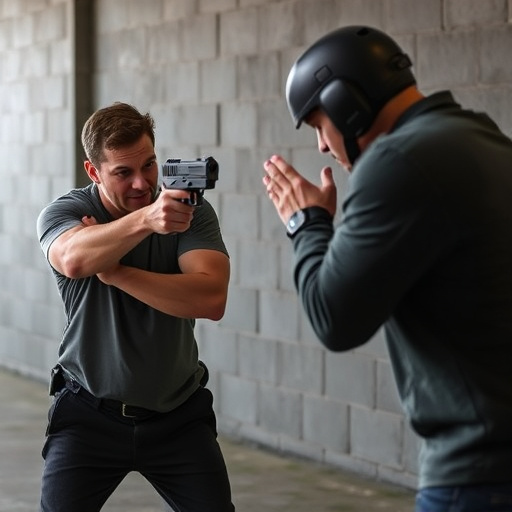
Non-lethal weapons, also known as less-lethal tools or options, offer a unique and controversial approach to personal safety. While they may not carry the same destructive power as firearms, these devices have distinct benefits and limitations that are worth exploring. One of the primary advantages is their legal status; many non-lethal weapons, such as stun guns, tasers, and pepper spray, are categorized as legal self-defense tools in various jurisdictions, providing individuals with options to protect themselves without resorting to lethal force.
The concept of using powerful yet non-fatal tools like the most advanced legal stun weapons has sparked debates. Proponents argue that they provide a necessary layer of personal safety, especially in situations where an individual may face physical threats but prefers or needs to avoid harming others. However, critics raise concerns about potential misuse and over-policing, as these weapons can still cause significant temporary pain and disability, leading to ethical dilemmas and legal complexities.
Non-lethal weapon training certification equips individuals with the knowledge and skills necessary for responsible self-defense using powerful yet legal tools, such as the most effective stun guns available. By understanding the legal framework and benefits of non-lethal force, certified users can enhance their personal safety while adhering to important regulations. This comprehensive guide highlights the importance of proper training, ensuring individuals are prepared to handle these devices effectively in real-world situations.
